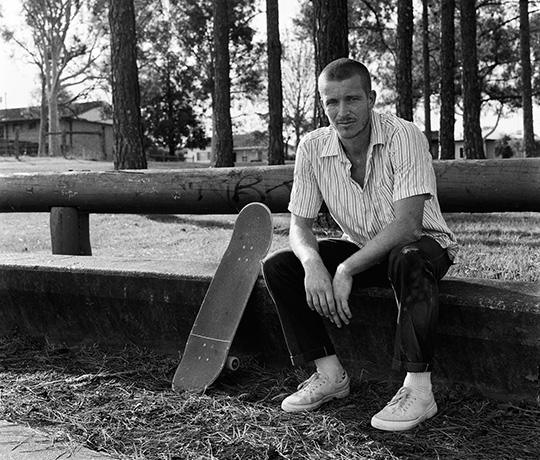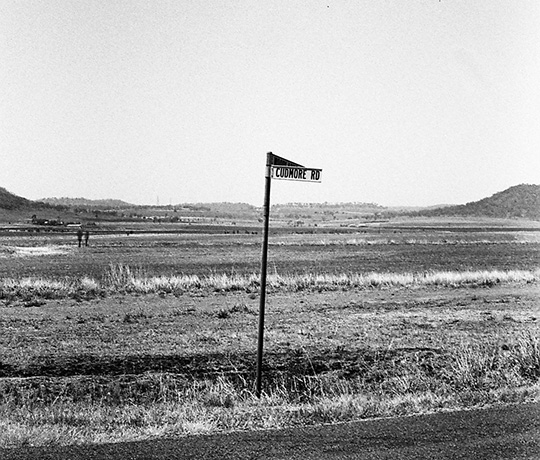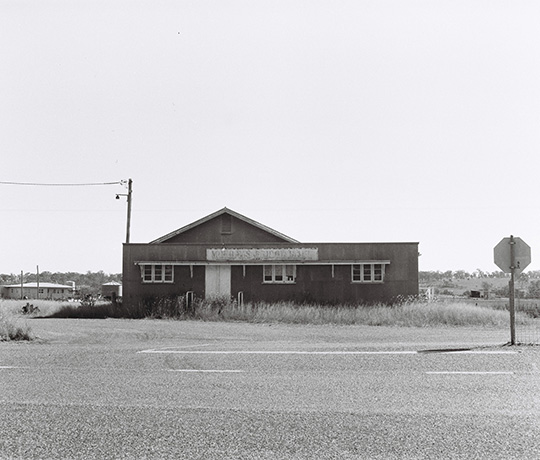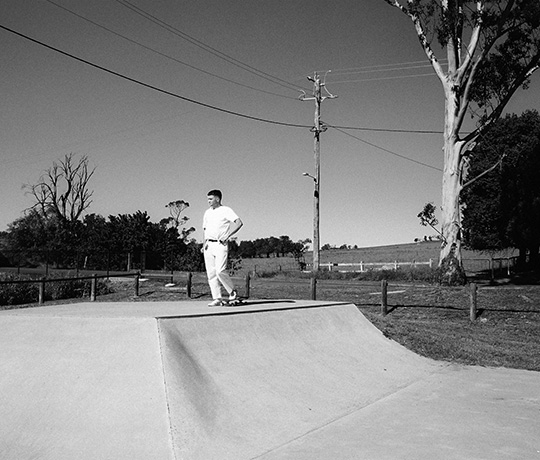For an other-worldly experience that is only a road trip away, have a read of Jake McCann’s book Tales of a Western Road. Join us as we learn about the inner workings behind this story.

Heartbreak, untraveled roads, skateboarding, mateship and liberation. Jake McCann enlightens us on his personal experiences during a 2 year stint travelling the roads of Australia and how that led to the creation of not only his book, but a film and playlist compilation that perfectly pairs with it. His beautifully written book emulates themes of human nature that we have all endured to some degree, making it a relatable story that can be interpreted in a variety of ways where each individual’s takeaways may be different from the next. Be prepared to not only read a story, but to be taken on a journey that’ll make you rethink aspects of your life and perhaps give you that extra little push you needed to take the road less travelled. Join us as Jake takes us behind the scenes of how Tales of a Western Road came about.

What were the main driving forces and reasons behind deciding to create this book?
I don’t think it ever really meant to be a book, there were so many ideas and experiences and (slightly) intoxicated conversations that drove the evolution of a somewhat basic, photographic idea I’d had into an extensive photo book that sits here now excitedly in print. Thinking back, I’d say the major force was really just this deep love that had grown within for these relatively untraveled roads, these intense experiences of solitude I’d had both individually and with friends simply driving west on Saturday morning; smiling uncontrollably as we skateboarded some empty, beatnik park in some quiet, beatnik town and camping nearby to the sounds of a campfire and warmth of red wine. I think really, at the core of it all, was that desire to share the relativity of these experiences for others to join in.
What were your key influences? And why did you choose to incorporate film photography and skating?
Into the Light by Marisa Anderson, then Paris, Texas by Wim Wenders. The album first then the film. I remember listening to that album and just imagining these visuals in my head, what I thought I’d want to film and pair with the guitar of Marisa and in retrospect now the result is exactly that. As for the film and skateboarding that was really just an organic result of these influences; I love skateboarding and I love film so naturally in order to capture that visual playing sweetly in my head meant pairing the two together.

When people read this book, what are you hoping for them to get out of it? What are the themes that you hope for them to understand most?
I ensured I made the point of shifting these journal excerpts into the second person to try add that element of relatability to the reader. To me the themes that run through the book are such common human experiences despite the heartbreak or liberty or individuality of each so it was never intended to be about me. I want people to have their own experience with the book, relate to a particular excerpt that maybe reaches in them deeper than those before it. While there are definitive themes to the book that naturally occurred I really just hope people shape their own experience and get from it what they want.
From taking the photos to the story writing to print, can you tell us about the process behind making this book. What were the highlights and challenges you experienced?
It was a lot of fun. The photographs happened before the book was even concepted so already there was this enjoyment to what we were doing and I guess some level of authenticity. The same with the story writing; these were only ever paragraphs in my journal, notes in my phone never really intended to see the light of day nor the public eye. Getting it to print though, that was definitely the biggest challenge. I knew what I wanted and I became my own worst enemy – my budget didn’t allow for that vision and I found it hard to compromise. Eventually after months of conversations and proofs I pulled to trigger on the print run and even then wasn’t a hundred percent satisfied. I can live with that though, it came out rad and I’m stoked.

Were these journal entries directly drawn from personal experiences or is it a mix of both reality and fiction?
All from personal experience, I find I don’t do well with writing fictionally. For me the strength of the writing and that emotional impact begins first with the author penning from personal maturity. I found when finalising each entry for the book I would sit in my living room with the lights dim, my stereo playing the music I listened to on that trip with a few books beside me for influence and inspiration, often Jack Kerouac (of course) and Raymond Carver. I’d place myself back into these experiences and continue to write so ultimately the final piece would feel authentic and emotional and as timeless as it could.
What were your reasons for combining the book with a playlist and film?
Originally this entire project was only ever intended to be a film; a vision of black and white desolate landscapes and a singular figure; the romanticism of the old train lines headed west to the red sands of Australia and the individual riding along, nowhere really to be but a quiet desire to experience the liberation of movement. But soon this grew into what has now become the book and at the same time I had this playlist of music I’d grown to love in the making of all of this, so it just made sense to share it all as one; the entire curated experience.
What’s next for you?
The making of this entire project, the book, the film, the printing; it’s definitely given me a new sense of ability, perhaps confidence more so. There aren’t any solidified plans currently other than to host a few post-COVID launch events and film premieres for the book. But once that’s all said and done I can’t wait to begin the next.





















